Well, in reality, probably nothing but a squashed octopus.
But with its elephant-like appearance, it's easy to see why this odd creature, found more than a mile beneath the ocean, has been nicknamed Dumbo by scientists.
Never before seen by man, it is a cirrate octopod, and the 'ears' that saw it named after Disney's cartoon elephant are actually fins that it uses to swim.
Marine biologists found the six-foot-long creature on the Mid-Atlantic Ridge in their quest to record and name every living thing in the seas.
In total, 17,650 species were identified living deeper than 200 metres, the 'twilight zone' where light barely penetrates and photosynthesis ceases to be possible.
Scientists were surprised by the diversity of life in the deepest reaches of the oceans.
Even the mud at the bottom of the ocean abyss was teeming with living things.
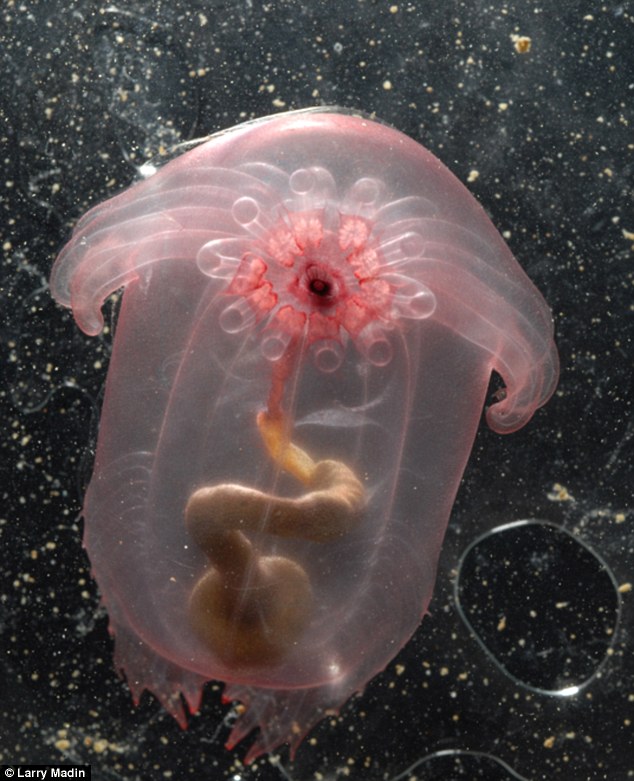
Another was a 'wildcat' tubeworm caught in the act of dining on crude oil in the Gulf of Mexico.
When the worm was extracted by a robot arm from the sea bed, oil gushed both from the animal's body and the hole in which it was found.
Also recovered from the Atlantic was an 'indescribable' catch of multi-coloured invertebrates, including corals, sea cucumbers and sea urchins living a kilometre below the surface.
At more than 1.7 miles down, in the northern Gulf of Mexico, scientists videoed an odd-looking transparent sea cucumber creeping forward on its many tentacles.
Dr Robert Carney, from Louisiana State University in Baton Rouge, US, one of the Census scientists, said: 'Distribution is pretty straightforward for animals in the deep sea.'
He continued: 'The composition of faunal populations changes with depth, likely a consequence of physiology, ecology and the suitability of sea-floor habitat condition for certain animals.
'Diversity is harder to understand. Although the mud on the deep sea floor appears monotonous and poor in food, that monotonous mud has a maximum of species diversity on the lower continental margin.
'To survive in the deep, animals must find and exploit meagre or novel resources, and their great diversity in the deep reflects how many ways there are to adapt.'
The vast majority of creatures collected in mud from the abyssal plain were new to science, said the researchers.
Of some 680 specimens of copepods collected from the south-eastern Atlantic, for example, just seven could be identified.
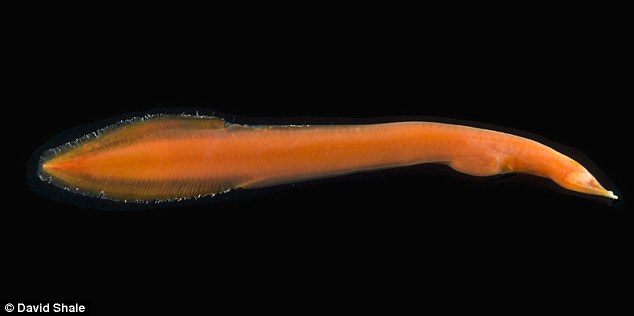
British expert Dr David Billett, another member of the team from the National Oceanography Centre in Southampton, said: 'The abyssal fauna is so rich in species diversity and so poorly described that collecting a known species is an anomaly.
'Describing for the first time all the different species in any coffee cup-sized sample of deep sea sediment is a daunting challenge.'
Dr Chris German, one of the project leaders from Woods Hole Oceanographic Institution in Massachusetts, US, added: 'The deep sea is the Earth's largest continuous ecosystem and largest habitat for life. It is also the least studied.'
The scientist used a range of high and low-tech hardware including robot submersibles and sea-floor rovers, coring drills, dredges and trawling nets.
The Census, which is also surveying life at shallower depths, was started in 2000 and is due to complete its work in October 2010.
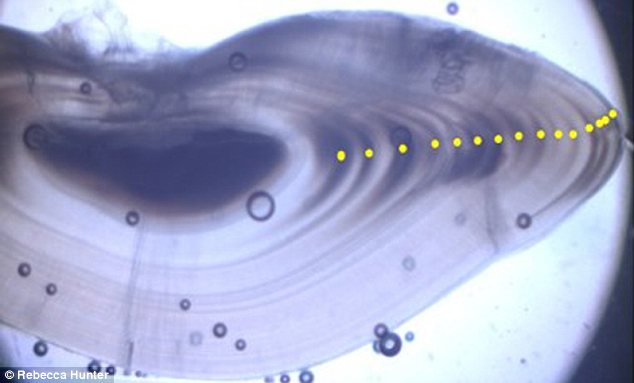
Watch 'Dumbo' the octopus...
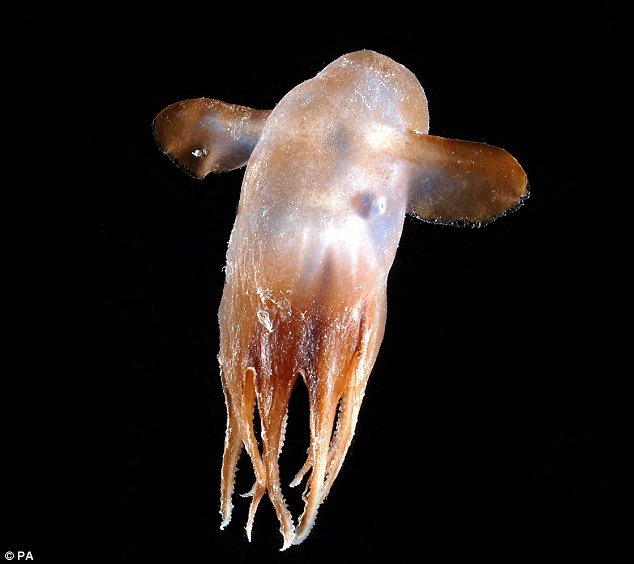
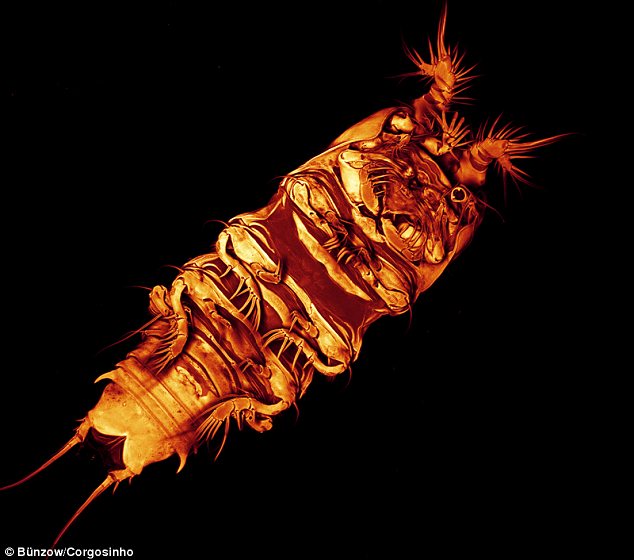



Reader Comments
to our Newsletter